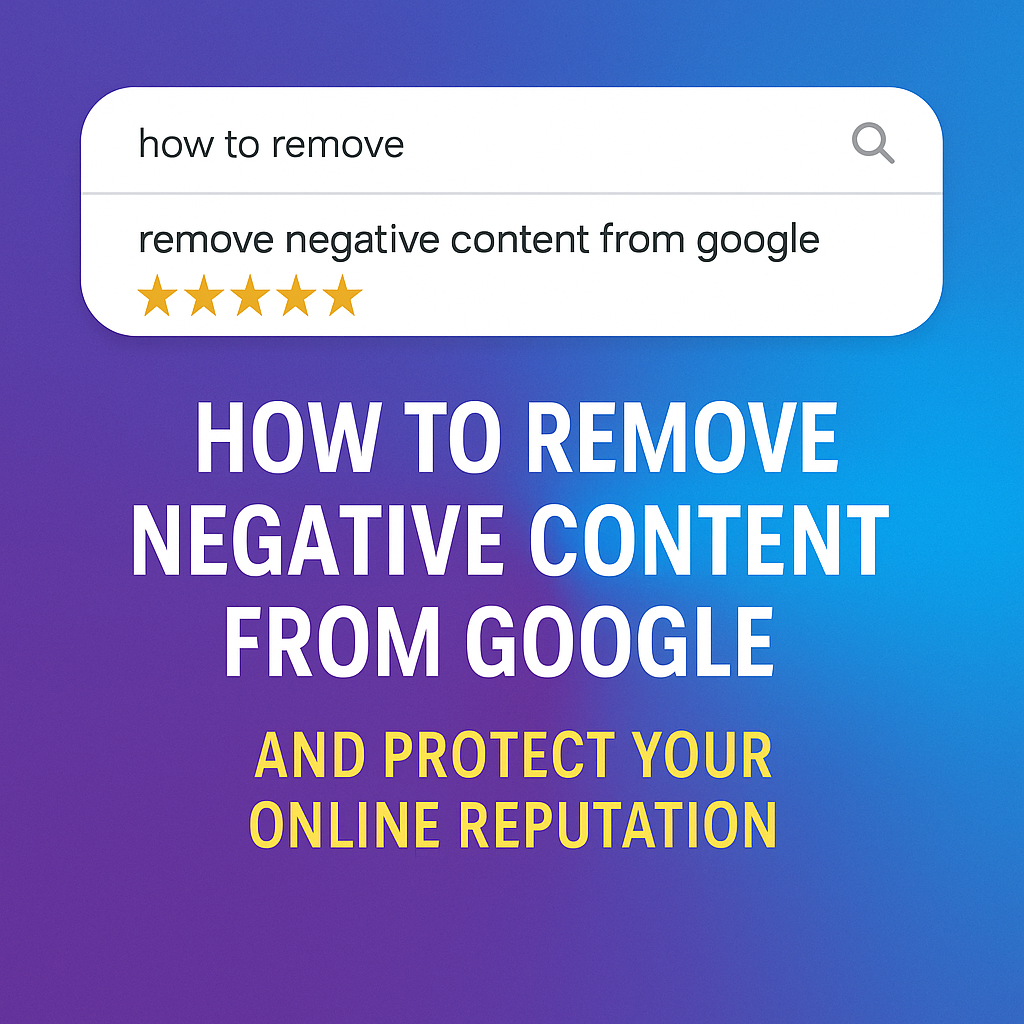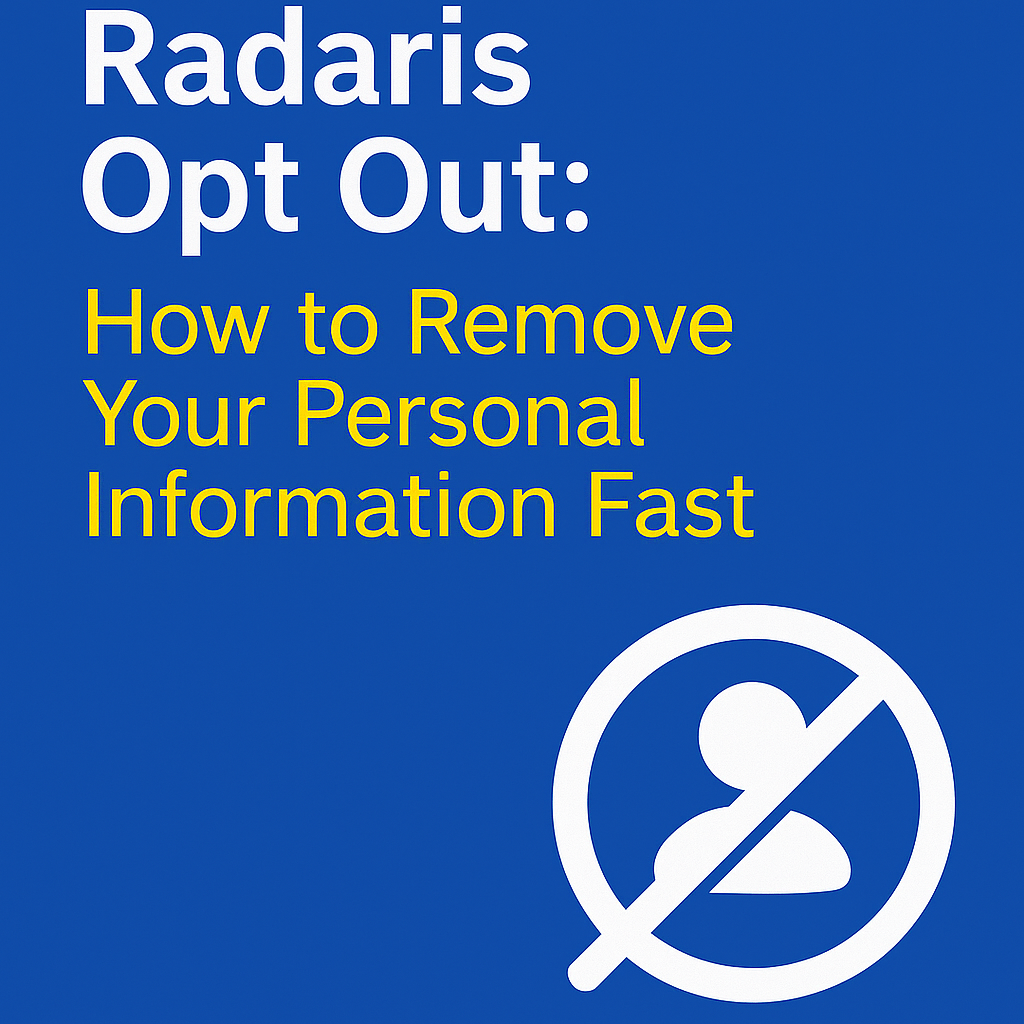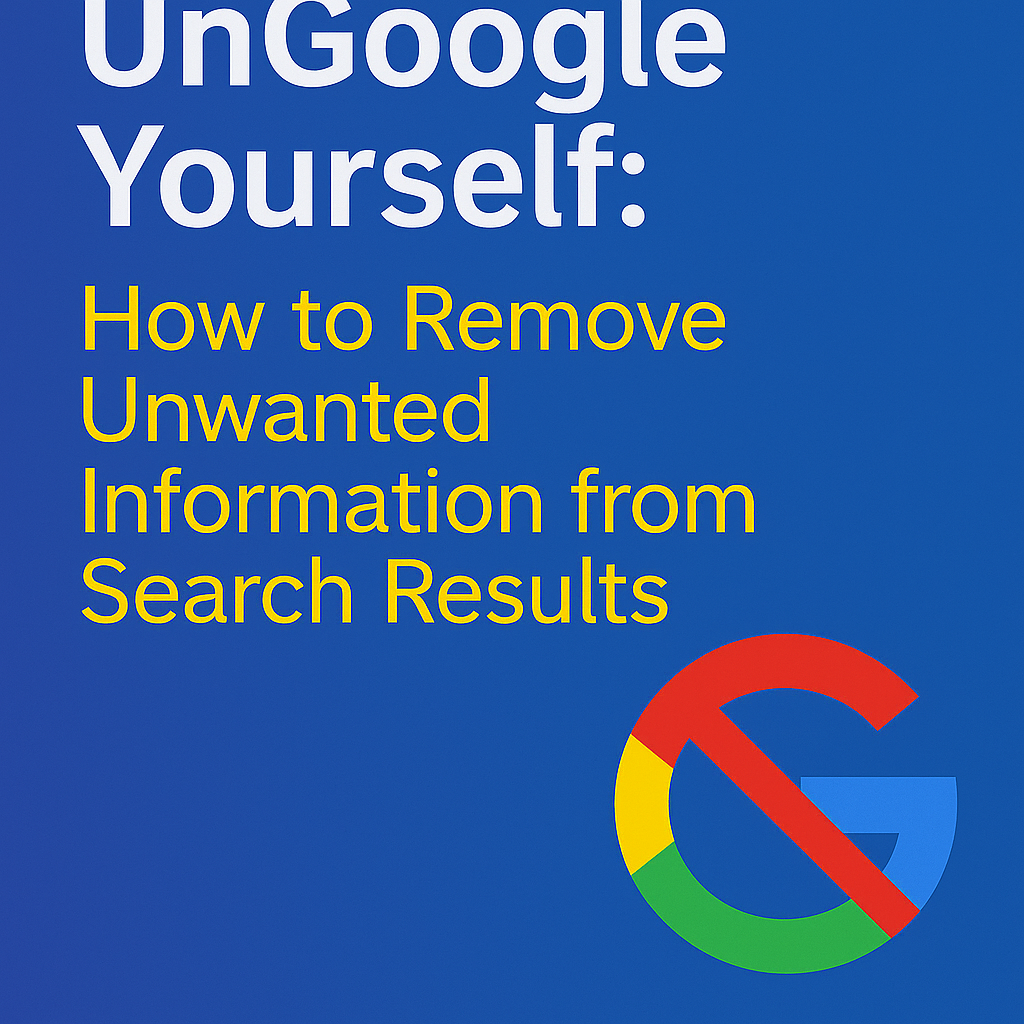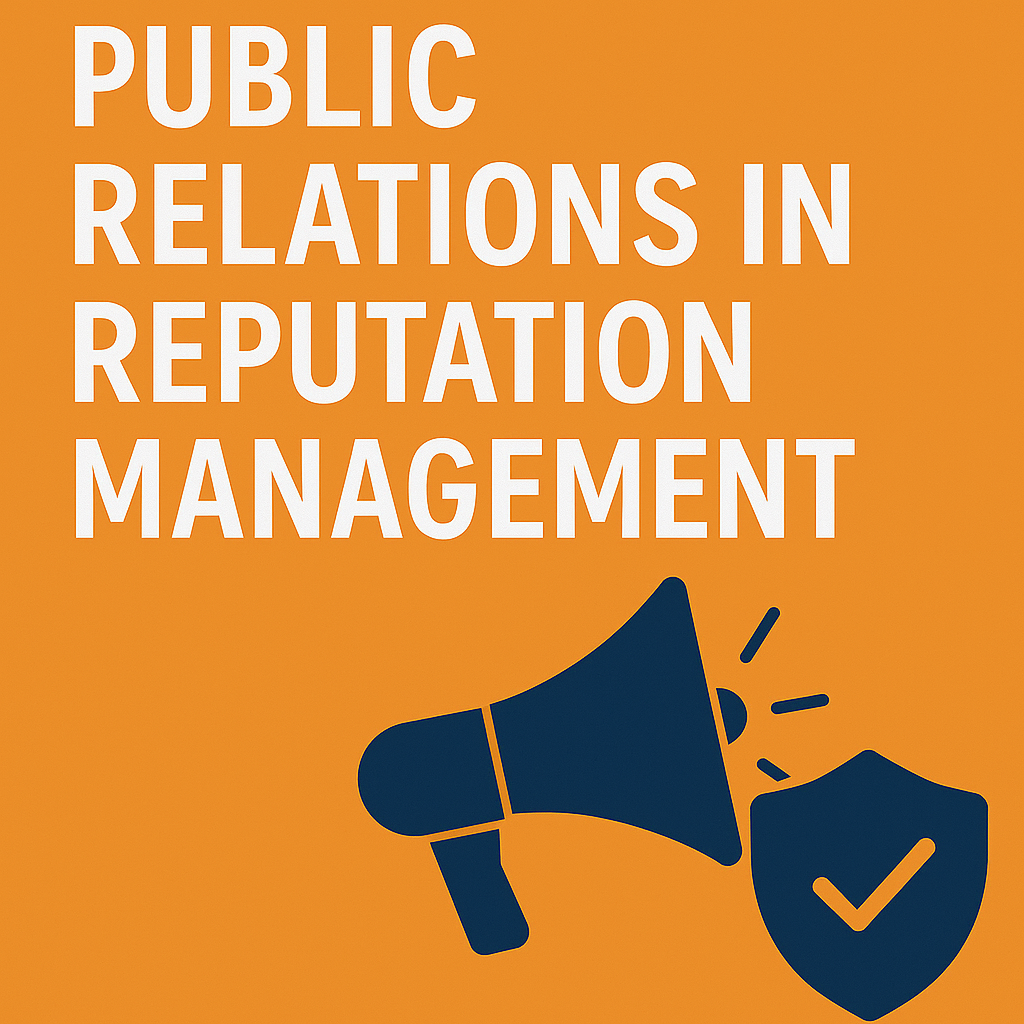Why Removing Negative Content from Google Matters
Negative content in Google search results can:
- Damage personal and professional reputation
- Lower trust with customers, employers, or investors
- Reduce traffic and conversions for your website
Whether it’s a misleading news article, defamatory blog post, or a false review, cleaning up your online presence is essential to regaining control of your narrative.
“You can’t control what others post—but you can control what people see first.”
Additional Impacts of Negative Content:
- Harm to employment prospects or partnerships
- Misalignment with brand values or corporate mission
- Lost funding or investment opportunities
- Decline in public trust and customer retention
Types of Negative Content That Appear on Google
- News articles and blog posts with biased or outdated information
- Court records or mugshots
- Consumer complaint sites (e.g., Ripoff Report)
- Negative reviews on Google, Yelp, Glassdoor, and TripAdvisor
- Defamatory social media posts
- Forums, Reddit threads, or Quora answers
- Old cached content or deleted pages still indexed
- Aggregator sites publishing mugshots, arrest data, or legal filings
How Google Indexes and Ranks Negative Content
Google’s algorithm favors:
- Relevance and keyword matching
- Authority of the domain (news sites, .gov, .edu)
- Recency and user engagement
- Inbound link volume and quality
- CTR and dwell time metrics
This means even a single negative article on a high-authority domain can rank on the first page for months or years, making suppression or removal critical for long-term brand protection.
Options to Remove Negative Content from Google
1. Contact the Website Owner or Publisher
If content violates terms of service or contains factual inaccuracies:
- Locate contact info on the website or via WHOIS lookup
- Submit a polite removal request with supporting evidence
- Be professional, fact-based, and legally aware
2. Submit a Legal Removal Request to Google
If content violates the law or your rights:
Common legal grounds include:
- Defamation or libel
- Copyright infringement
- Non-consensual explicit content
- PII leaks (doxxing)
- False impersonation or fraud
3. Use Google’s Personal Information Removal Request
For content containing:
- Bank account or credit card numbers
- Government-issued IDs (SSN, license, passport)
- Photos of signatures
- Medical documents or insurance data
- Personal contact details not publicly listed
Submit via: Google Removal Request
4. Remove Outdated Content with Google’s Tool
If content has been deleted from the web but still appears:
- Use the Remove Outdated Content Tool
- Submit the exact URL and optionally a cached page URL
5. Use the Google Search Console (If You Control the Page)
If the page is under your domain:
- Add
noindexmeta tags - Block the page using
robots.txt - Use the Temporary URL Removal Tool
When Content Can’t Be Removed: Suppression Strategies
What Is Suppression?
Suppression means pushing negative links lower in search results by outranking them with positive, high-authority content.
Tactics That Work:
- SEO-optimized blogs and articles
- Media coverage from niche industry outlets
- Video testimonials and branded YouTube content
- Interviews on podcasts or media platforms
- Local press releases and business profiles
- FAQ schema content to improve visibility
- Google Knowledge Panel optimization
SEO Content Checklist:
- Use your full name or brand as a focus keyword
- Add internal links and external citations
- Target long-tail branded keywords (e.g., “John Doe author bio”)
- Promote through backlinks and social sharing
Tools to Help with Content Removal and Suppression
| Tool | Use Case | Key Feature |
|---|---|---|
| Google Search Console | Own content removal | Temporary URL block, crawl control |
| SEMrush | Suppression strategy | Monitor branded keyword rankings |
| Ahrefs | Link monitoring | Identify backlinks to harmful pages |
| Brand24 | Online mentions | Real-time alerts on name or brand |
| Archive.org | Cache recovery | Confirm if deleted content still exists |
| Google Alerts | Free monitoring | Track brand mentions and domain activity |
| OptimizeUp | Full-service reputation repair | Content suppression, legal removal, review generation |
Legal Remedies for Defamatory Content
When removal requests fail, legal action might be your best option.
Possible Legal Avenues:
- Defamation suits for false and reputation-damaging claims
- DMCA takedown notices for unauthorized copyrighted use
- Privacy violations under GDPR, CCPA, or state laws
- Temporary Restraining Orders (TROs) for malicious actors
- Cease and desist letters to warn publishers or webmasters
Note:
Legal strategies should be initiated with the help of an internet defamation attorney.
Real-Life Example: Suppressing a Negative News Article
Background: A business owner was targeted by a 5-year-old news story that resurfaced.
Actions Taken:
- Direct outreach to publisher (denied)
- Google legal removal request (rejected)
- OptimizeUp suppression campaign:
- 8 blog articles
- 3 YouTube videos
- 5 guest post contributions
Results After 6 Months:
- Negative link pushed to page 3 of Google
- 12 new first-page results with positive sentiment
- 38% increase in organic traffic to branded site
OptimizeUp: Your Partner in Reputation Recovery
At OptimizeUp, we help:
- Remove content that violates Google policies
- Suppress unwanted results with SEO and PR
- Respond to negative reviews and media mentions
- Monitor your brand 24/7
- Support crisis PR and reputation repair campaigns
Use cases: Public figures, doctors, attorneys, founders, corporate brands.
👉 Request a free case evaluation today.
Frequently Asked Questions
Yes—if you control the page or the content violates a Google policy. Otherwise, suppression is often more realistic.
Anywhere from 2 days to 6 months depending on the method (Google tools, publisher request, legal action).
No. Google does not accept payment for removals. Beware of scams.
Yes. When executed correctly, they push negative results down and make them less visible.
Indirectly. Removing or burying harmful links can improve click-through rate (CTR) and user trust.
Suppression and strategic content creation are your best paths forward.
No. De-indexing removes the content from search results but does not delete it from the host website.
News site publications
Government or court websites
Anonymous forum posts without clear moderation
Only if they violate terms of service (e.g., spam, harassment, off-topic).
MLA Citations
“Remove Content from Google.” Google Support, https://support.google.com/websearch/troubleshooter/3111061. Accessed 13 May 2025.
“How to Request Content Removal.” Google Legal Help, https://support.google.com/legal/answer/3110420. Accessed 13 May 2025.
“What to Know About Defamation Law.” Electronic Frontier Foundation, https://www.eff.org/issues/bloggers/legal/liability/defamation. Accessed 13 May 2025.
“Understanding the Right to Be Forgotten.” GDPR.eu, https://gdpr.eu/right-to-be-forgotten/. Accessed 13 May 2025.
“Best Reputation Management Practices.” Search Engine Journal, https://www.searchenginejournal.com/reputation-management/. Accessed 13 May 2025.
“Mugshot and Court Record Removal Laws.” LegalZoom, https://www.legalzoom.com/articles/can-you-remove-your-mugshot-from-google. Accessed 13 May 2025.





